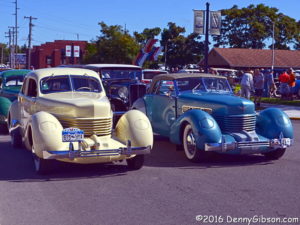 Three of America’s most revered marques of the early twentieth century were manufactured in Auburn, Indiana, and the town celebrates that fact every year. The 2016 Auburn Cord Duesenberg Festival is the sixtieth. It has been going on for over a week but is almost over with the wrap-up taking place today. I have thought of attending the festival for a long time but a recent Dennis Horvath blog post reminded me of just how big the event is and got me to seriously thinking about finally making it there this year. Tentative plans for other Labor Day Weekend activities kept attendance from being a certainty but both schedule and skies were clear when the weekend actually got here so Friday morning I headed toward northern Indiana.
Three of America’s most revered marques of the early twentieth century were manufactured in Auburn, Indiana, and the town celebrates that fact every year. The 2016 Auburn Cord Duesenberg Festival is the sixtieth. It has been going on for over a week but is almost over with the wrap-up taking place today. I have thought of attending the festival for a long time but a recent Dennis Horvath blog post reminded me of just how big the event is and got me to seriously thinking about finally making it there this year. Tentative plans for other Labor Day Weekend activities kept attendance from being a certainty but both schedule and skies were clear when the weekend actually got here so Friday morning I headed toward northern Indiana.

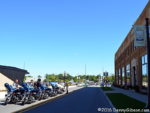
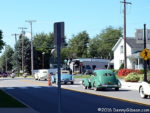 I reached Auburn during staging for the Factory Test Route Tour. The pair of Cords pictured at the top of this post formed the front row and another Cord sat in the rear. I walked to just beyond the police motorcycle escort then watched the group set off to follow the twenty-eight mile course that the Auburn Automobile Company once used to test new cars.
I reached Auburn during staging for the Factory Test Route Tour. The pair of Cords pictured at the top of this post formed the front row and another Cord sat in the rear. I walked to just beyond the police motorcycle escort then watched the group set off to follow the twenty-eight mile course that the Auburn Automobile Company once used to test new cars.
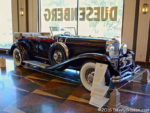
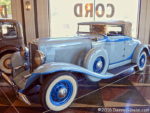
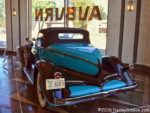 Of course the tour’s start point was the company’s headquarters which is now the Auburn Cord Duesenberg Museum. Window shoppers can easily identify at least some of the cars.
Of course the tour’s start point was the company’s headquarters which is now the Auburn Cord Duesenberg Museum. Window shoppers can easily identify at least some of the cars.

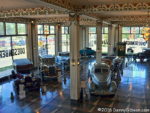 This was my second visit to the museum where the building, the cars, and the presentation combine to make this one of the finest automobile museums I’ve ever seen. Over a hundred cars fill the museum and, while they are mostly Auburns, Cords, and Duesenbergs, other interesting and significant cars are also displayed. Office areas with various exhibits are also part of the museum.
This was my second visit to the museum where the building, the cars, and the presentation combine to make this one of the finest automobile museums I’ve ever seen. Over a hundred cars fill the museum and, while they are mostly Auburns, Cords, and Duesenbergs, other interesting and significant cars are also displayed. Office areas with various exhibits are also part of the museum.
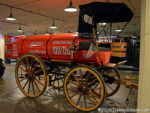

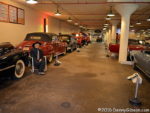 Being right next to a world class museum no doubt helps with traffic but it does expose you to some tough comparisons. My first impression of the National Automotive and Truck Museum was not helped by the fact that cars for the auctions that are an important aspect of the festival filled a significant portion of the museum. This meant that many museum vehicles were relocate and displays compressed. On the other hand, the museum’s truck collection does include some truly interesting vehicles.
Being right next to a world class museum no doubt helps with traffic but it does expose you to some tough comparisons. My first impression of the National Automotive and Truck Museum was not helped by the fact that cars for the auctions that are an important aspect of the festival filled a significant portion of the museum. This meant that many museum vehicles were relocate and displays compressed. On the other hand, the museum’s truck collection does include some truly interesting vehicles.
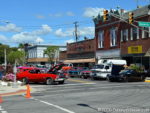
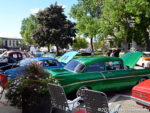 A downtown Classic Car Cruise-In ended my first day ever at the ACD festival. There were plenty of beautiful and interesting classics parked along the streets but, after seeing all those pre-war ACDs, hot-rods, muscle cars, and ’50s & ’60s classics didn’t hold quite the attraction they might otherwise. The vehicle I found most interesting was a Corvair camper. It is not a converted van but a factory built shell mounted on a pick-up bed.
A downtown Classic Car Cruise-In ended my first day ever at the ACD festival. There were plenty of beautiful and interesting classics parked along the streets but, after seeing all those pre-war ACDs, hot-rods, muscle cars, and ’50s & ’60s classics didn’t hold quite the attraction they might otherwise. The vehicle I found most interesting was a Corvair camper. It is not a converted van but a factory built shell mounted on a pick-up bed.


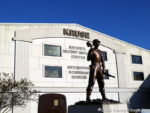 Saturday started with a pancake breakfast at the National Military History Center. There are actually two museums here and today ten bucks got you breakfast plus admission to both.
Saturday started with a pancake breakfast at the National Military History Center. There are actually two museums here and today ten bucks got you breakfast plus admission to both.
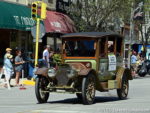
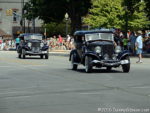
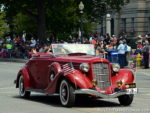 The day’s main attraction for me was the Parade of Classics. The 1912 Auburn Town car in the first picture was featured in this year’s festival poster. I had expected downtown to be jam packed for the parade but, except for the courthouse lawn, the area wasn’t crowded at all. There’s an awful lot going on in town this week and the parade isn’t the only place these cars can be seen but that still surprised me.
The day’s main attraction for me was the Parade of Classics. The 1912 Auburn Town car in the first picture was featured in this year’s festival poster. I had expected downtown to be jam packed for the parade but, except for the courthouse lawn, the area wasn’t crowded at all. There’s an awful lot going on in town this week and the parade isn’t the only place these cars can be seen but that still surprised me.
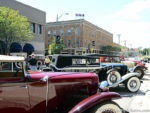
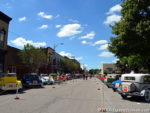
 One of the places to see the cars is around the courthouse square where they all park immediately following the parade. The cars are roped off but you can still get mighty close and all those shiny ACDs are mighty pretty.
One of the places to see the cars is around the courthouse square where they all park immediately following the parade. The cars are roped off but you can still get mighty close and all those shiny ACDs are mighty pretty.

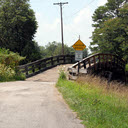
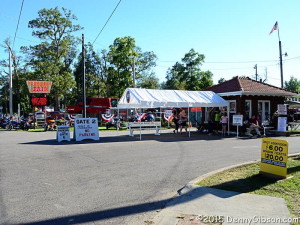
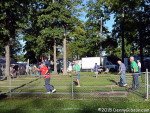
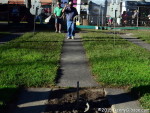
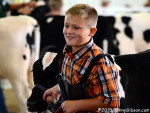
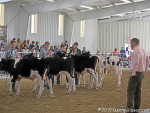

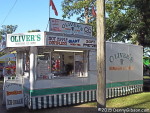
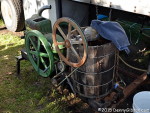
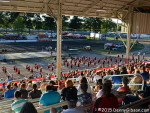
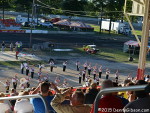
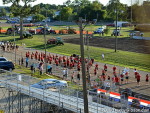
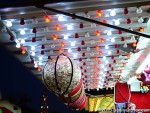


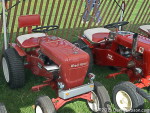

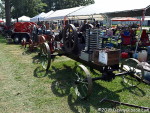

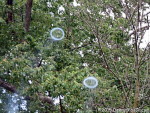



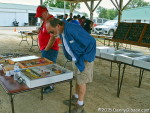

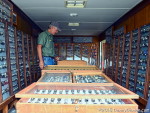
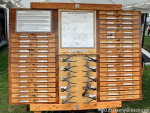

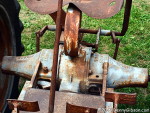

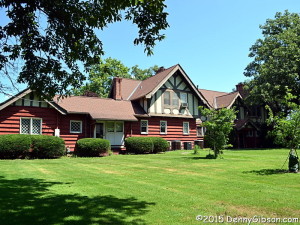


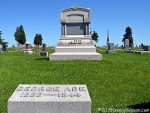
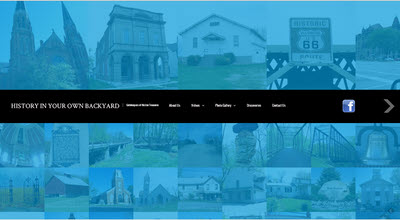
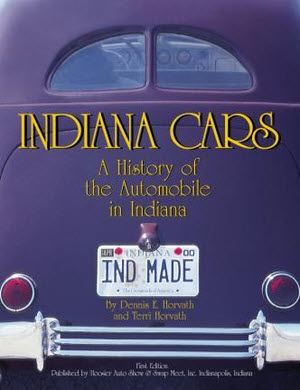 Yes, I am late to the party. This book on Indiana’s automotive history was published in 2002 but, since it’s about old cars, none of the history has changed and the cars have only gotten older.
Yes, I am late to the party. This book on Indiana’s automotive history was published in 2002 but, since it’s about old cars, none of the history has changed and the cars have only gotten older.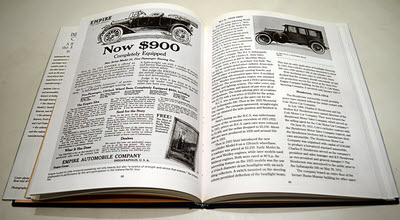 Once the background is set, the book moves onto the various manufacturers. Not every mark ever built in the state is covered but there are sizable sections on what the Horvaths consider “Significant Automobiles”. The reading isn’t so dry now. There are fairly lengthy articles on the likes of Duesenberg and Studebaker and shorter ones on others. The book is well illustrated with photographs and clippings from period literature. Facts are seasoned with entertaining anecdotes. Joe Cole got his first car running and took off without installing the brakes. Lack of fuel finally stopped it after many laps around Monument Circle in Indianapolis. In 1891, Charley Black’s six-block drive in a Benz included crashing into both a surrey and a shop window. Those were the good old days.
Once the background is set, the book moves onto the various manufacturers. Not every mark ever built in the state is covered but there are sizable sections on what the Horvaths consider “Significant Automobiles”. The reading isn’t so dry now. There are fairly lengthy articles on the likes of Duesenberg and Studebaker and shorter ones on others. The book is well illustrated with photographs and clippings from period literature. Facts are seasoned with entertaining anecdotes. Joe Cole got his first car running and took off without installing the brakes. Lack of fuel finally stopped it after many laps around Monument Circle in Indianapolis. In 1891, Charley Black’s six-block drive in a Benz included crashing into both a surrey and a shop window. Those were the good old days.